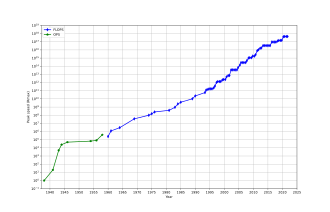

That said these figures are not meant to be absolute measures, since network speed can be affected by so many local factors, but an indication of relative performance.Īnother key metric for those building a battery-powered device around the Pi is power consumption. This iPerf benchmark measures the speed of data transfer between two computers, in this case between an Ethernet-wired Ubuntu laptop and a Wi-Fi-connected Pi 3, Pi Zero W and Ethernet-linked Pi 1. On paper, you might expect little difference between the Pi 3 and the Pi Zero W, as they both support 802.11b/g/n Wi-Fi and Bluetooth 4.0 and use the same Broadcom wireless chip, however that wasn't the case in practice. SEE: Raspberry Pi in 2017: New boards, new OSes and moreįirst, let's take a look at how the built-in Wi-Fi performs compared to the Pi 3 and the Ethernet performance of a Pi 1. We set out to measure how the board performs, starting with the new features like network performance and how Wi-Fi support affects power consumption. You can read our guide to everything you need to know about the Pi Zero W. By adding Wi-Fi and Bluetooth connectivity to the Pi Zero, a fun and incredibly cheap board has become far more useful out of the box, albeit at a slightly higher price of £9.60 ($10 plus tax).


 0 kommentar(er)
0 kommentar(er)
